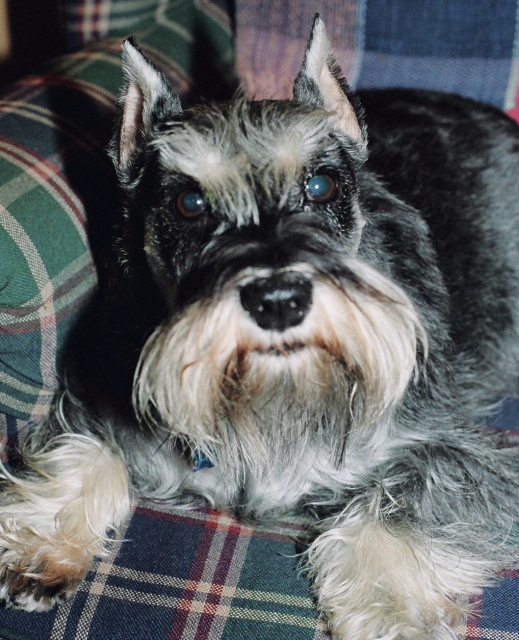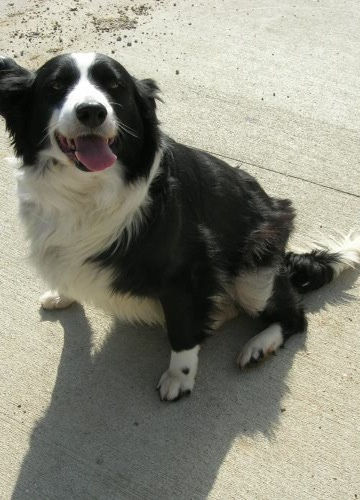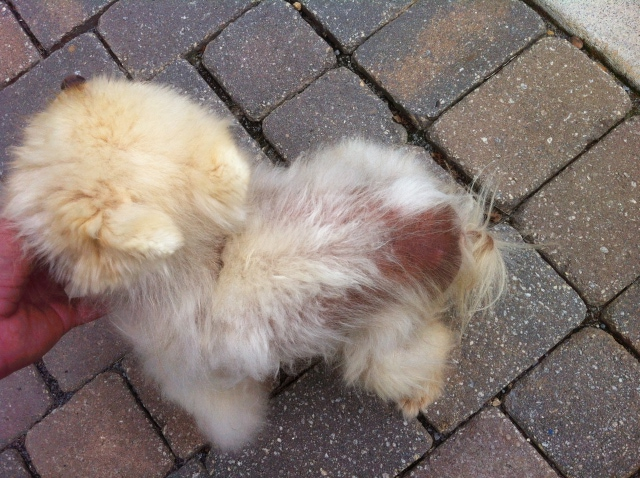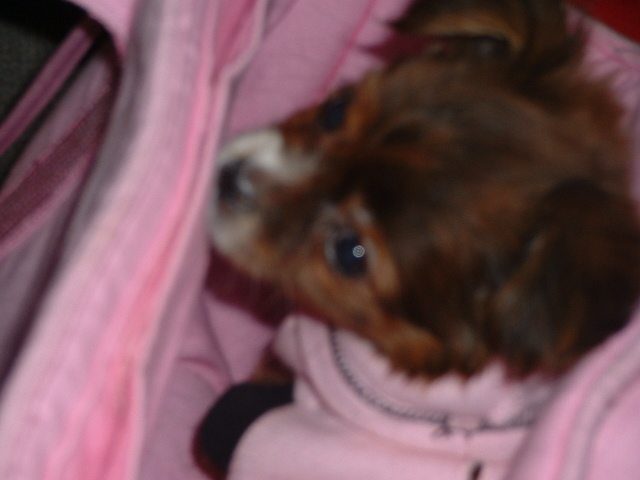QuestionI have a jack russell i have had her for 4 years and she was full grown when i got her maybe 2 years old, recently she has developed two puss pockets right above her hip bones and they have busted and are leaking and are curently filling back up could this be some sort of hemotoma? or something more serious? though she dosent seem to be in any pain she still jumpin around and playin with the kids as usual
Answer
Hi Glenda,
I'm not a vet, so I can't diagnose your dog (not even a vet could do that over the Internet, anyway) but I can give you some info about a couple of conditions that have symptoms similar to what your dog has experienced. It's not unusual that a dog would develop a fluid filled cyst and act totally normal, and not be in pain.
Dogs can develop several kinds of cysts that collect fluids, and sometimes they spontaneously burst. It's not unusual for them to refill after they have burst. The most common kind of growth is probably Lipomas (also called fatty cell tumors) these a benign fatty lumps. Lipomas are usually just under the skin, but they can be locally invasive, meaning they are meshed with muscle or connective tissue. Lipomas can also have additional blood or connective tissue as part of the growth. These growths can appear anywhere on the body, but they are most frequently located on the belly (mid-chest and down) and upper legs.
Sebaceous cysts, are also pretty common in dogs. Sebaceous cysts occur when a normal pore or hair follicle becomes clogged. This can occur from dirt, infection, scar tissue or even normal skin oils that becomes too thick to move out of the pores opening. Many of these cysts will resolve without treatment, but some do rupture. Sebaceous cysts become problematic when they burst and become open to the outside world. Frequently then they become infected and sometimes they must be removed surgically.
Apocrine, or sweat gland cysts. These are individual, round, smooth nodules with no hair, that may appear bluish and usually filled with a watery liquid.
It would be best to have your vet examine your dog, so the lumps can be properly diagnosed. The doctor may want to do a "fine needle aspirate", a simple office procedure where a regular hypodermic needle and syringe are used to get a small sample from the lump which can be examined under the microscope. This often gives a strong indication of what the lump is and is an easy test for the dog to tolerate. All of these cysts I've told you about are harmless, but they can contain bacteria (and spread infection), or could be another kind of cyst which might be cancerous. For this reason, you'd want to have your dog examined.
Until you can see your vet, keep the cyst areas clean. Wash with soapy water daily, and apply Neosporin 2-3 times per day.
Best of luck,
Patti

 Miniature Schnauzer Flaky Skin
Question
Cicero
My 7-year-old miniature schnauzer Cicer
Miniature Schnauzer Flaky Skin
Question
Cicero
My 7-year-old miniature schnauzer Cicer
 dog who growls and nips
Question
Ladybug
We adopted a rescue dog, Ladybu
dog who growls and nips
Question
Ladybug
We adopted a rescue dog, Ladybu
 My 1 year old Yorktese is paper trained but goes pee in the middle of the kitchen floor
Question
QUESTION: I have a wonderful 1 year old
My 1 year old Yorktese is paper trained but goes pee in the middle of the kitchen floor
Question
QUESTION: I have a wonderful 1 year old
 Hair growth stimulation
Question
Hairless Pom
A few years back I cut my
Hair growth stimulation
Question
Hairless Pom
A few years back I cut my
 Nutrition & Health
Question
Peek-A-Boo!
Hello! I am new to owning small br
Nutrition & Health
Question
Peek-A-Boo!
Hello! I am new to owning small br